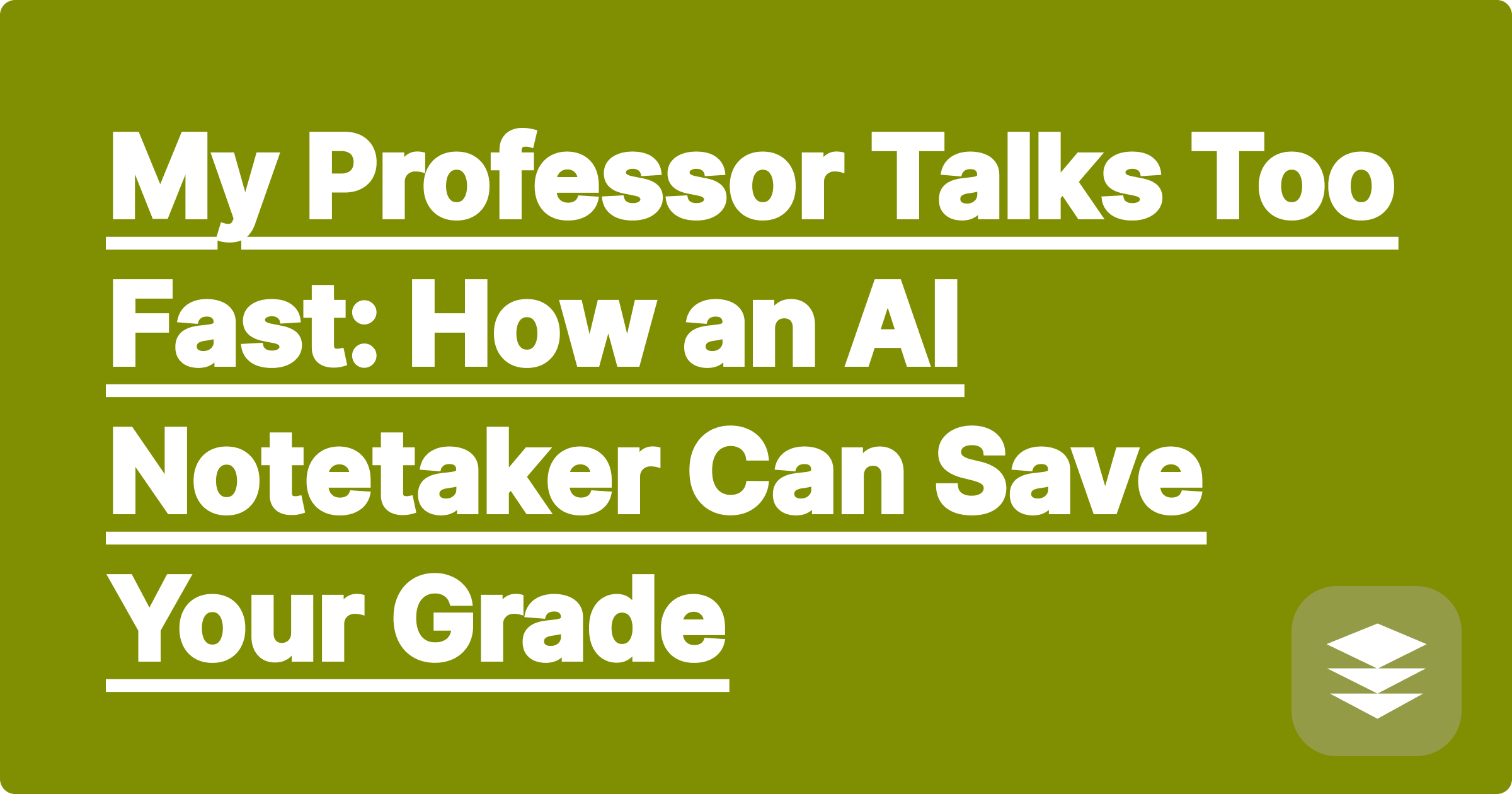
You have the data. You understand the theory. You know exactly what you need to do: import the dataset, clean the outliers, run a linear regression, and plot the results. There’s just one problem. You have to do it in MATLAB or R, and you’re not a coding expert.
Staring at a blank script, trying to remember the exact syntax for a function, or wrestling with a cryptic error message is a massive source of frustration for many science and engineering students. The data analysis itself isn't the hard part; it's translating your scientific goal into a programming language.
But what if you could just tell a tool what you want to do in plain English, and have it generate the code for you? This is no longer science fiction. With a powerful ai matlab code generator or r script writer ai, you can bridge the gap between your idea and a functional script.
MATLAB and R are incredibly powerful languages for data analysis, but they have a steep learning curve.
You need a partner that knows the syntax so you can focus on the science.
A tool like GPAI Solver acts as your personal programming assistant. It understands natural language instructions and translates them into precise, clean code.
Let's walk through a typical data analysis workflow for a lab report.
You don't start by writing code. You start by writing a clear set of instructions.
Example R Script Output:
# 1. Load the data
data <- read.csv("my_data.csv")
# 2. Create the scatter plot
plot(data$Temperature, data$Pressure,
# 4. Add axis labels
xlab = "Temperature (K)",
ylab = "Pressure (kPa)",
# 3. Add a title
main = "Pressure vs. Temperature for an Ideal Gas")
# 5. Calculate and add the linear regression line
abline(lm(Pressure ~ Temperature, data = data), col = "red")"I spent two days trying to figure out how to plot error bars in MATLAB for my physics lab. I finally described what I wanted to GPAI Solver, and it generated the perfect 5 lines of code in 10 seconds. It saved my report."
Q1: How reliable is the code generated by an ai matlab code generator?
A: For common data analysis tasks like loading data, basic statistics, and standard plotting, the code is highly reliable. These are well-defined problems that AI excels at. For highly novel or complex custom algorithms, you should always treat the AI's output as a strong starting point and verify its logic.
Q2: Will this help me learn how to code in R or MATLAB?
A: Yes, tremendously. Because the AI generates code that is clean, well-commented, and directly linked to your instruction, it's an incredible learning tool. You see the correct syntax for the task you wanted to accomplish, which helps you remember it for the future.
Q3: Is this better than searching for code on Stack Overflow?
A: It's much faster and more tailored. On Stack Overflow, you have to find someone who had a similar problem and adapt their solution to your data and specific needs. An r script writer ai builds the code from scratch based on your data and your goals, eliminating the need for adaptation.
Your grade should be based on your scientific understanding, not your ability to remember obscure coding syntax. By using an AI programming partner, you can automate the most frustrating part of data analysis and focus your energy on what really matters: interpreting your results and telling a compelling scientific story.
Ready to write your next script in plain English?
[Try GPAI Solver today. Describe your data analysis task and watch it generate the MATLAB or R script for you. Sign up now for 100 free credits.]
The Ultimate Study Guide for Your Data Structures and Algorithms Course
AI for Economics: How to Graph Supply, Demand, and Equilibrium
Can AI Write a MATLAB/R Script for Your Data Analysis Task?
My Professor Talks Too Fast: How an AI Notetaker Can Save Your Grade
The 'Lazy' Student's Guide to a 4.0 GPA with AI
How to Use AI to Win Your Next Study Group Session
Is Your AI Homework Helper Making You Smarter? A Scientific Look
The Perfect Gift for a Struggling Student: GPAI Credits Explained
From Procrastination to Preparation: A 3-Day Exam Plan Using AI
Reducing Cognitive Load: How AI Frees Up Brain-Space for Real Learning